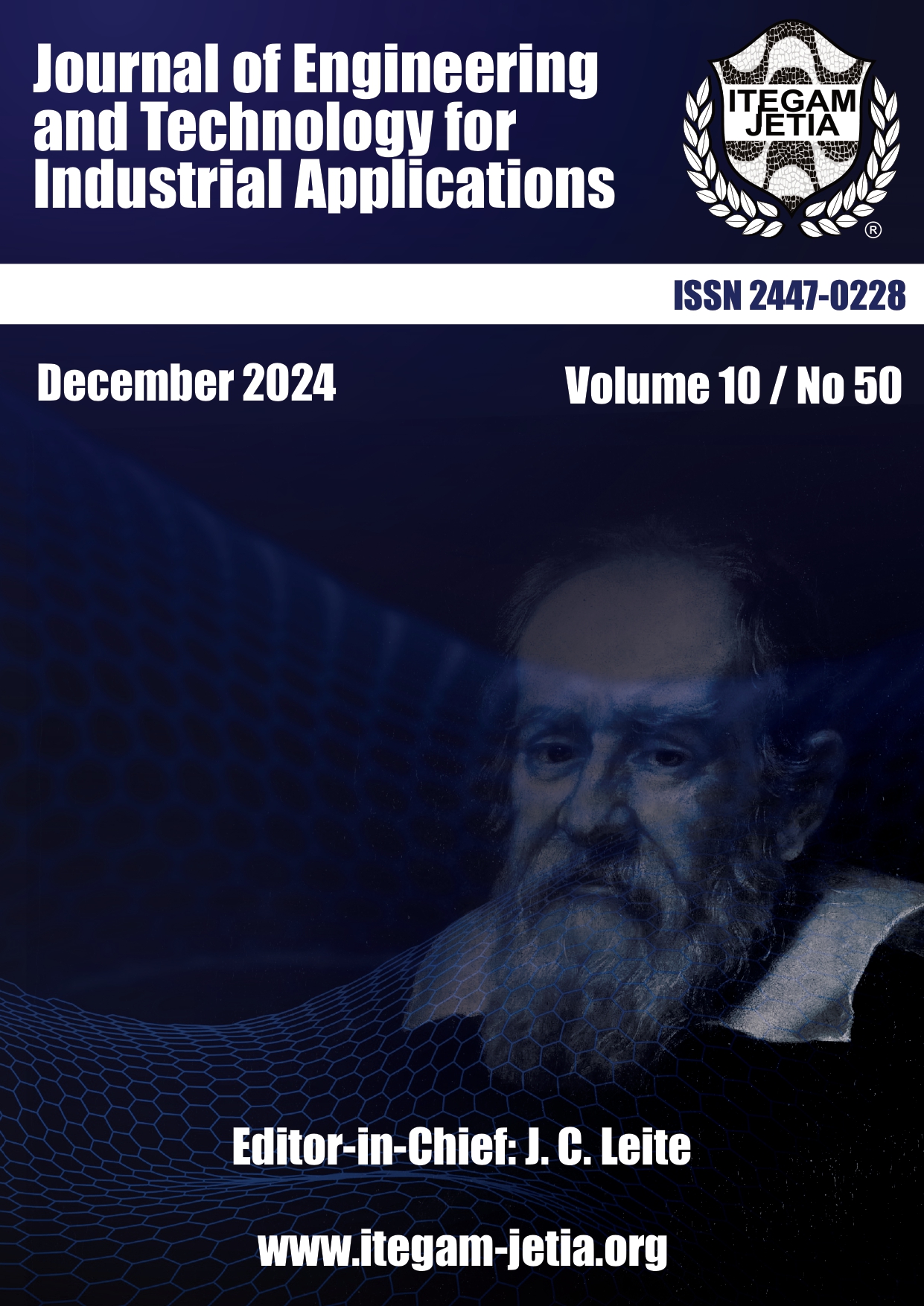EFR-Net: Enhanced Fracture Prediction in Osteoporosis with U-Net-Based Analysis
EFR-Net: Enhanced Fracture Prediction in Osteoporosis with U-Net-Based Analysis
Abstract
Osteoporosis, a prevalent bone disease, is characterized by the equation , where is bone density, is maximum bone density, and is osteoporosis rate. Conventional imaging techniques, governed by the formula where accuracy is, is image thresholding, and is scan resolution), often yield a detection accuracy of merely 75%. In this work, we introduce the EFR-Net: a U-Net-based deep learning model. Its efficacy is represented by the equation , where is the new accuracy, is the fraction of fracture-prone regions detected, is the Dice coefficient, and is the noise reduction factor. Leveraging a comprehensive dataset of 10,000 bone scans, our model, adhering to the above equation, achieved a commendable accuracy rate of 89%. This translates to a mathematical improvement represented by , yielding a 14% enhancement over traditional methods. Moreover, the reduction in false negatives, a critical metric in medical diagnoses, can be quantified by , where and are the old and new false negatives respectively. EFR-Net's innovative approach and promising results underline its potential in revolutionizing osteoporosis-related fracture prediction, offering a robust bridge between computational advancements and clinical necessities.
Downloads
Copyright (c) 2024 ITEGAM-JETIA

This work is licensed under a Creative Commons Attribution 4.0 International License.











